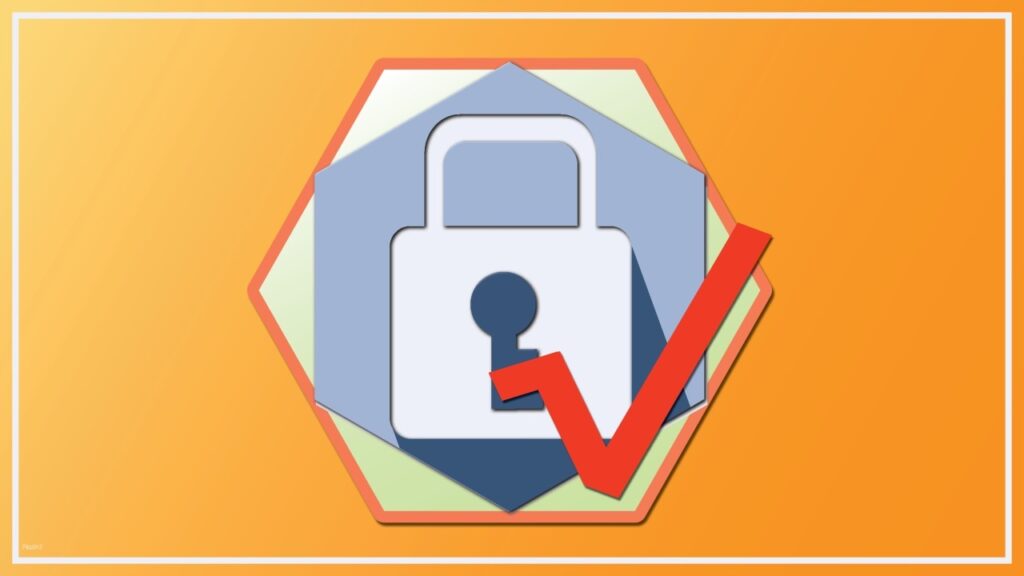
Data privacy isn’t just regulatory checkbox theater – it’s a trust and resilience play. Consumers won’t stick around long if your app leaks or sells their info on a whim.
According to Secureframe, large organizations’ average annual budget for privacy is projected to exceed $2.5 million in 2024.
Meanwhile, nearly one in three Americans (34 %) have experienced some form of data breach or hacking incident in the past year. Those are real costs – not just fines, but reputational death spirals.
In many ways, privacy readiness is your modernization signal: it shows you’re not patching spaghetti code, but actually thinking about lifecycles, consent, data minimization, and building for scale. If you skip this, AI/ML pipelines, edge nodes, or SaaS integrations become existential risk vectors.
Also, if you want to double-check your playbook’s foundations, I encourage you to dig into a blog about cybersecurity for complementary insight and reference material.
Table of Contents
Principles you must internalize (before tactics)

Source: online.hbs.edu
Before diving strategies, let’s define core principles—these are your compass.
- Data minimization & purpose limitation
If you don’t absolutely need the field, drop it. Don’t collect “nice to know” fields and just hope to monetize later. - Privacy by design (and default)
Defaults matter. If consent settings are buried, users won’t navigate. Your APIs, UX flows, and feature designs must embed privacy thinking from Day 0. - Transparency & consent mechanisms
People should see what you do with their data – not buried in legalese. Too many privacy policies are unreadable; even with laws like GDPR, many fall short in usability. A recent BERT-based study of privacy policies in 5G domains showed that only ~51 % of companies adhere well to Article 13 readability expectations. - Data subject rights & lifecycle management
Right to access, right to erase, right to portability—make these operational APIs, not “email us and wait 2 weeks” features. - Defense in depth & zero trust for data access
Don’t rely on one perimeter. Segment, authenticate every hop, log, monitor, and assume breach.
Keep these in your pocket as we go tactical below.
Tactical controls for 2025 (cloud-native, AI-aware, edge-friendly)
Now that you’ve got the compass, let me show you the map—specific control patterns geared to today’s stack.
Use modern infrastructure to your advantage
- Cloud-native guardrails: Use cloud providers’ built-in key management, envelope encryption, and tokenization layers. Don’t roll your own crypto (you’ll lose).
- Zero trust for per-request access: Even internal microservices should verify tokens and scopes for each operation.
- Edge & device-side encryption: If your app works offline or at the edge (IoT, mobile hubs), ensure data is encrypted locally, with sync rules that enforce least privilege.
- Data clean rooms for shared analytics: Rather than dumping raw data to partners, use secure clean rooms (think ad measurement or cross-company features) so partners only see aggregated or anonymized insights.
API & pipeline hygiene
- Schema versioning + strict types: Reject unexpected fields. Don’t let extra PII slip through pipelines.
- Anonymization, pseudonymization, and masking: Especially for logs, look at techniques like k-anonymity or differential privacy patterns.
- Throttling & usage limits: Prevent data extraction attacks by rate-limiting bulk queries.
Access, identity & auditing
- Role-based access control (RBAC) is baseline. But in 2025, attribute-based (ABAC) or policy engines (e.g. OPA) push you further.
- Logging every access with context: which user, which dataset, purpose, downstream flow.
- Automated anomaly detection: flag exfil attempts or policy violations at runtime.
Compliance, regulation and global context (yes, you need this)

Source: carnegieendowment.org
Depending on your regions, different regimes matter. But beyond compliance, each enforcement regime shapes your architecture.
- GDPR and equivalents now cover more than 75 % of the world’s population.
- In the U.S., the fragmented landscape is shifting: states like California, Virginia, Utah, and others have data privacy laws, with more on the way.
- Under the hood, regulators expect you to be able to demonstrate data flows, consent trails, access logs—not just claim them.
| Region / Regime | Notable Rights / Compliance Expectations | Design Impact |
| EU / GDPR / UK | Right to erasure, portability, purpose binding | Build APIs for deletion, data export |
| U.S. States (CCPA, VCDPA) | Opt-out, notice, certain vendor obligations | Consent banners, vendor audits |
| Emerging markets (India’s DPDPA, etc.) | Local storage, data localization, explicit consent | Geofenced databases, separate jurisdiction handling |
Did you know? The average cost to manually process a single data subject request is ~$1,524. Automate that.
To make it smoother, treat compliance as a partner—not an antagonist. When your architecture can prove correct behavior, legal frictions shrink.
Cultural and operational shifts you must lead
Tech controls are nothing without organizational buy-in. Here are shifts I’ve seen separate success from regret.
Make privacy a culture signal, not a checkbox
If engineering thinks “privacy” is someone else’s job, you’re doomed. Hold lunch-and-learn sessions, bring in breach postmortems, surface real stories of where bad design leaked data. Junior devs need to see these as living constraints, not future legal trivia.
Embed privacy champions and cross-functional triads
Every critical team (product, infra, ML) must have a privacy “buddy.” Let them raise red flags early. Trust me: everything works smoother when someone cares from the start.
Measure privacy debt

Source: linkedin.com
Just like technical debt, track data-exposure zones, orphaned fields in databases, undocumented APIs. Score them, put them on your backlog, and reduce the debt proactively.
Threat modeling across layers
Do not do this just once. When your AI model shifts, your risk surface changes (think inference attacks). When your user base expands, new jurisdictional rules pop in. Revisit threat modeling continuously.
Final thoughts
If you’ve followed this far, I hope you see data privacy not as a compliance burden but as a boundary condition for reliability and trust in 2025.
It’s where engineering rigor meets real human risk. When you build systems that prove they respect consent, limit exposure, and adapt to new legal regimes, you get more than safety—you gain credibility, velocity, and resilience.
In modern stacks, privacy is architecture: it’s not bolted on, it’s wired in. Get ahead of it, and you won’t be patching from crisis. (And yes, that shortcut will bite you later.)







